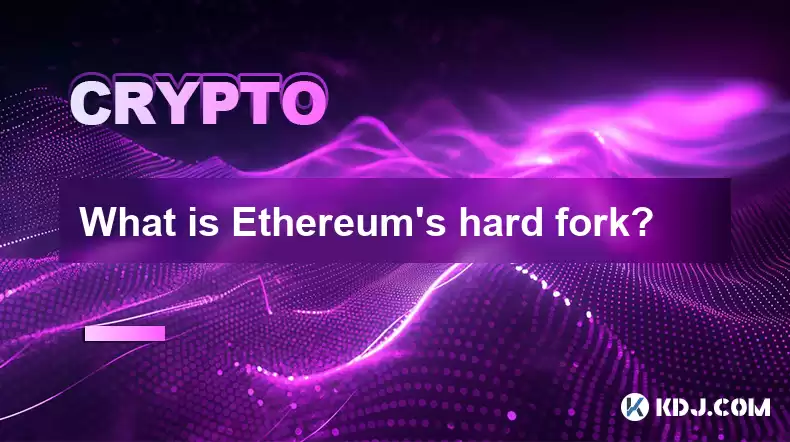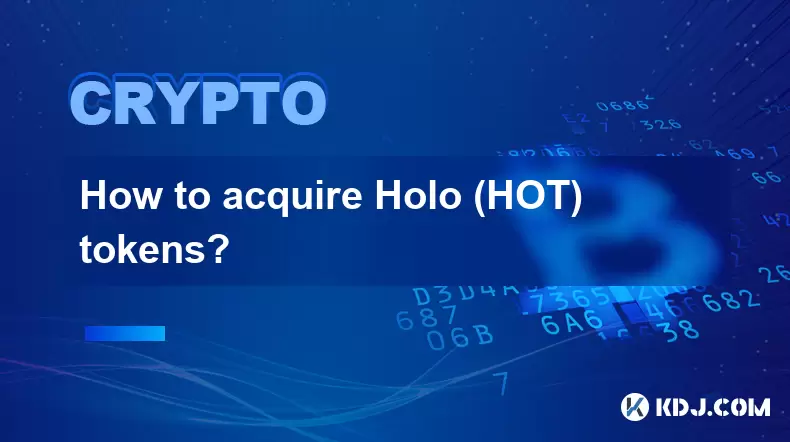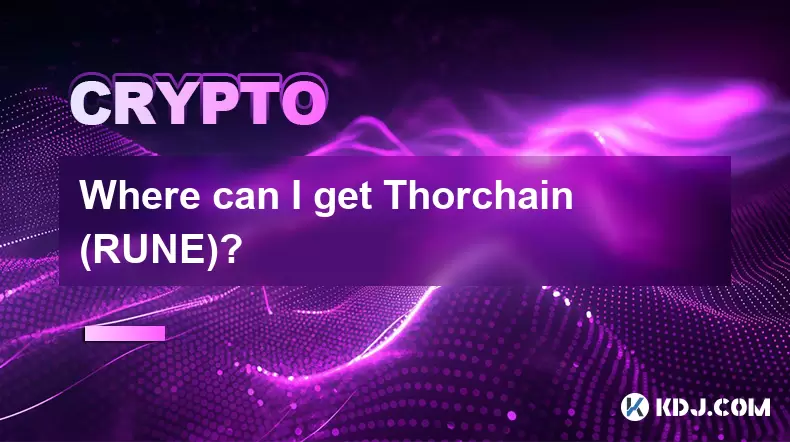-
 Bitcoin
Bitcoin $116700
0.24% -
 Ethereum
Ethereum $3973
4.34% -
 XRP
XRP $3.283
7.68% -
 Tether USDt
Tether USDt $1.000
0.01% -
 BNB
BNB $789.8
2.27% -
 Solana
Solana $176.2
3.31% -
 USDC
USDC $0.9999
0.00% -
 Dogecoin
Dogecoin $0.2238
5.14% -
 TRON
TRON $0.3389
-0.51% -
 Cardano
Cardano $0.7907
4.03% -
 Stellar
Stellar $0.4527
10.02% -
 Hyperliquid
Hyperliquid $41.07
4.27% -
 Sui
Sui $3.794
1.77% -
 Chainlink
Chainlink $19.49
10.40% -
 Bitcoin Cash
Bitcoin Cash $580.9
0.74% -
 Hedera
Hedera $0.2617
4.32% -
 Avalanche
Avalanche $23.41
3.67% -
 Ethena USDe
Ethena USDe $1.001
-0.03% -
 Litecoin
Litecoin $122.4
1.38% -
 Toncoin
Toncoin $3.364
1.49% -
 UNUS SED LEO
UNUS SED LEO $8.988
0.37% -
 Shiba Inu
Shiba Inu $0.00001295
2.82% -
 Uniswap
Uniswap $10.62
5.75% -
 Polkadot
Polkadot $3.922
4.46% -
 Dai
Dai $1.000
0.01% -
 Bitget Token
Bitget Token $4.494
2.15% -
 Monero
Monero $268.0
-1.30% -
 Cronos
Cronos $0.1523
3.68% -
 Pepe
Pepe $0.00001127
4.43% -
 Aave
Aave $285.4
4.85%
What is Ethereum's hard fork?
Ethereum's hard forks, such as Homestead and Byzantium, implement significant protocol changes by creating distinct blockchain versions, a process involving potential risks and benefits like adding new features or addressing security vulnerabilities.
Feb 18, 2025 at 10:00 pm

Key Points
- Ethereum's hard fork history and significance
- The difference between a hard fork and a soft fork
- How hard forks are implemented
- The potential risks and benefits of hard forks
- Examples of notable Ethereum hard forks
What is Ethereum's Hard Fork?
A hard fork is a change to the blockchain protocol that creates two distinct versions of the blockchain. Nodes that have not upgraded to the new version of the software will no longer be able to communicate with nodes that have upgraded, and the two versions of the blockchain will diverge.
Hard forks are typically used to implement major changes to the blockchain, such as adding new features or changing the consensus mechanism. They are also used to fix critical bugs or security vulnerabilities.
Difference Between a Hard Fork and a Soft Fork
A soft fork is a change to the blockchain protocol that does not create two distinct versions of the blockchain. Nodes that have not upgraded to the new version of the software will still be able to communicate with nodes that have upgraded, but they may not be able to take advantage of the new features or bug fixes.
Hard forks are always backwards incompatible, meaning that nodes that have not upgraded to the new version of the software will no longer be able to communicate with nodes that have upgraded. Soft forks are typically backwards compatible, meaning that nodes that have not upgraded to the new version of the software will still be able to communicate with nodes that have upgraded.
How Hard Forks Are Implemented
Hard forks are implemented by changing the rules of the blockchain protocol. This can be done by updating the software that nodes use to verify and process transactions. Once the software has been updated, all nodes on the network must upgrade to the new version in order to continue participating in the network.
If some nodes do not upgrade to the new version of the software, they will no longer be able to communicate with nodes that have upgraded. This will create two distinct versions of the blockchain, and the two versions will diverge.
Potential Risks and Benefits of Hard Forks
Hard forks can be risky, as they can lead to the creation of two distinct versions of the blockchain. This can cause confusion and disruption, and it can also lead to the loss of funds if users are not careful.
However, hard forks can also be beneficial, as they allow for the implementation of major changes to the blockchain. Hard forks have been used to add new features to Ethereum, such as the ability to create smart contracts and tokens. They have also been used to fix critical bugs and security vulnerabilities.
Examples of Notable Ethereum Hard Forks
- Homestead: The Homestead hard fork was implemented in March 2016. It introduced a number of changes to the Ethereum protocol, including the addition of the Ethereum Virtual Machine (EVM).
- The DAO hard fork: The DAO hard fork was implemented in July 2016. It was created to address a security vulnerability in the DAO, a decentralized autonomous organization. The hard fork reversed the results of the hack, and it also led to the creation of Ethereum Classic.
- Byzantium: The Byzantium hard fork was implemented in October 2017. It included a number of changes to the Ethereum protocol, including the addition of the ProgPow consensus algorithm.
- Constantinople: The Constantinople hard fork was implemented in February 2019. It included a number of changes to the Ethereum protocol, including the reduction of the block reward from 3 ETH to 2 ETH.
- Istanbul: The Istanbul hard fork was implemented in December 2019. It included a number of changes to the Ethereum protocol, including the addition of the EIP-1559 fee market.
FAQs
What is the difference between a hard fork and a soft fork?
A hard fork is a change to the blockchain protocol that creates two distinct versions of the blockchain, while a soft fork is a change that does not. Hard forks are backwards incompatible, while soft forks are typically backwards compatible.
Why are hard forks necessary?
Hard forks are necessary to implement major changes to the blockchain protocol. They can also be used to fix critical bugs or security vulnerabilities.
What are the risks of hard forks?
Hard forks can be risky, as they can lead to the creation of two distinct versions of the blockchain. This can cause confusion and disruption, and it can also lead to the loss of funds if users are not careful.
What are the benefits of hard forks?
Hard forks can also be beneficial, as they allow for the implementation of major changes to the blockchain. Hard forks have been used to add new features to Ethereum, such as the ability to create smart contracts and tokens. They have also been used to fix critical bugs and security vulnerabilities.
Disclaimer:info@kdj.com
The information provided is not trading advice. kdj.com does not assume any responsibility for any investments made based on the information provided in this article. Cryptocurrencies are highly volatile and it is highly recommended that you invest with caution after thorough research!
If you believe that the content used on this website infringes your copyright, please contact us immediately (info@kdj.com) and we will delete it promptly.
- Bitcoin, Litecoin, and Avalanche: Decoding the Crypto Buzz in the Big Apple
- 2025-08-09 00:30:12
- Pengu Takes Flight: Can This Solana Meme Coin Conquer the Top 3?
- 2025-08-09 00:50:13
- Coinbase's Big Bet: DEX Trading and the Everything App Vision
- 2025-08-09 01:30:12
- Ethereum and Shiba Inu: Navigating the Bull Move
- 2025-08-09 00:35:12
- Dogecoin, AI Coins, and CMC Listings: What's Hot and What's Not
- 2025-08-09 01:35:51
- Navigating the Crypto Market in 2025: Smart Decisions for Meme Coin Investing
- 2025-08-09 00:55:55
Related knowledge

Where can I buy UMA (UMA)?
Aug 07,2025 at 06:42pm
Understanding UMA and Its Role in Decentralized FinanceUMA (Universal Market Access) is an Ethereum-based decentralized finance (DeFi) protocol design...

Where can I purchase Siacoin (SC)?
Aug 08,2025 at 11:14am
Understanding Siacoin (SC) and Its Role in the Sia NetworkSiacoin (SC) is the native cryptocurrency of the Sia decentralized cloud storage platform, a...

Where can I buy OMG Network (OMG)?
Aug 08,2025 at 12:57pm
Understanding OMG Network (OMG) and Its PurposeThe OMG Network, originally known as OmiseGO, is a layer-2 scaling solution built on the Ethereum block...

What exchanges support buying IOTA (MIOTA)?
Aug 07,2025 at 09:58pm
Understanding the Role of Private Keys in Cryptocurrency SecurityIn the world of cryptocurrency, private keys are the cornerstone of ownership and con...

How to acquire Holo (HOT) tokens?
Aug 08,2025 at 05:56am
Understanding Holo (HOT) and Its EcosystemHolo (HOT) is a cryptocurrency token associated with the Holo ecosystem, which is built on the Holochain fra...

Where can I get Thorchain (RUNE)?
Aug 08,2025 at 08:07am
Understanding the Role of Seed Phrases in Cryptocurrency WalletsA seed phrase, also known as a recovery phrase or mnemonic phrase, is a critical compo...

Where can I buy UMA (UMA)?
Aug 07,2025 at 06:42pm
Understanding UMA and Its Role in Decentralized FinanceUMA (Universal Market Access) is an Ethereum-based decentralized finance (DeFi) protocol design...

Where can I purchase Siacoin (SC)?
Aug 08,2025 at 11:14am
Understanding Siacoin (SC) and Its Role in the Sia NetworkSiacoin (SC) is the native cryptocurrency of the Sia decentralized cloud storage platform, a...

Where can I buy OMG Network (OMG)?
Aug 08,2025 at 12:57pm
Understanding OMG Network (OMG) and Its PurposeThe OMG Network, originally known as OmiseGO, is a layer-2 scaling solution built on the Ethereum block...

What exchanges support buying IOTA (MIOTA)?
Aug 07,2025 at 09:58pm
Understanding the Role of Private Keys in Cryptocurrency SecurityIn the world of cryptocurrency, private keys are the cornerstone of ownership and con...

How to acquire Holo (HOT) tokens?
Aug 08,2025 at 05:56am
Understanding Holo (HOT) and Its EcosystemHolo (HOT) is a cryptocurrency token associated with the Holo ecosystem, which is built on the Holochain fra...

Where can I get Thorchain (RUNE)?
Aug 08,2025 at 08:07am
Understanding the Role of Seed Phrases in Cryptocurrency WalletsA seed phrase, also known as a recovery phrase or mnemonic phrase, is a critical compo...
See all articles

























































































